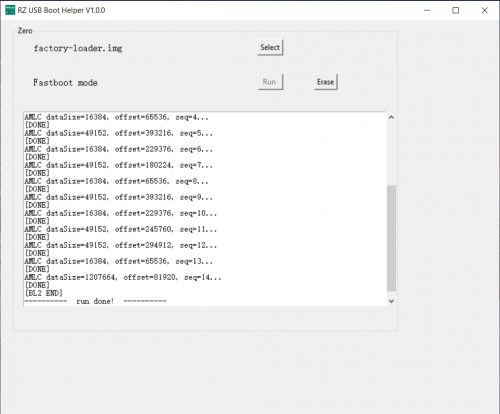Difference between revisions of "Zero/install/eMMC erase"
RadxaYuntian (Talk | contribs) |
(→How to erase eMMC) |
||
| Line 7: | Line 7: | ||
This guide describes how to erase Radxa Zero series eMMC for installing a new system. Beware that this is not a secure erase, and only the bootloader and the partition header are wiped. | This guide describes how to erase Radxa Zero series eMMC for installing a new system. Beware that this is not a secure erase, and only the bootloader and the partition header are wiped. | ||
| − | For more detailed guide on wiping eMMC, please refer to [[Zero/install/Boot_Troubleshooting | Boot Troubleshooting]] page. | + | For more detailed guide on wiping eMMC (or if this fails), please refer to [[Zero/install/Boot_Troubleshooting | Boot Troubleshooting]] page. |
== Requirement == | == Requirement == | ||
Revision as of 20:58, 26 November 2022
Radxa Zero > Installation > Erase eMMC
How to erase eMMC
This guide describes how to erase Radxa Zero series eMMC for installing a new system. Beware that this is not a secure erase, and only the bootloader and the partition header are wiped.
For more detailed guide on wiping eMMC (or if this fails), please refer to Boot Troubleshooting page.
Requirement
- Radxa Zero or Radxa Zero 2
- A PC/laptop running Windows, Linux, or macOS
- USB A to C cable or C to C cable, depending on your host
How to
Follow maskrom guide to setup and load radxa-zero-erase-emmc.bin or radxa-zero2-erase-emmc.bin:
Once your computer detects a new USB storage device, your eMMC will be wiped and you can flash to this newly found USB device.

